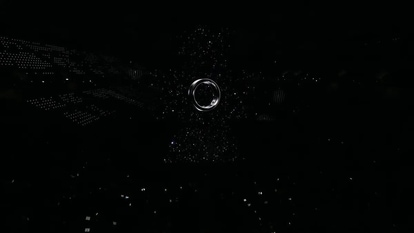NASA Astronomy Picture of the Day 30 April 2023: Spectacular Saturn's Moon Helene!
NASA Astronomy Picture of the Day for 30th April brings a view of Saturn's Moon Helene in a colourful image. NASA has also shared some interesting facts about Saturn's Moon.
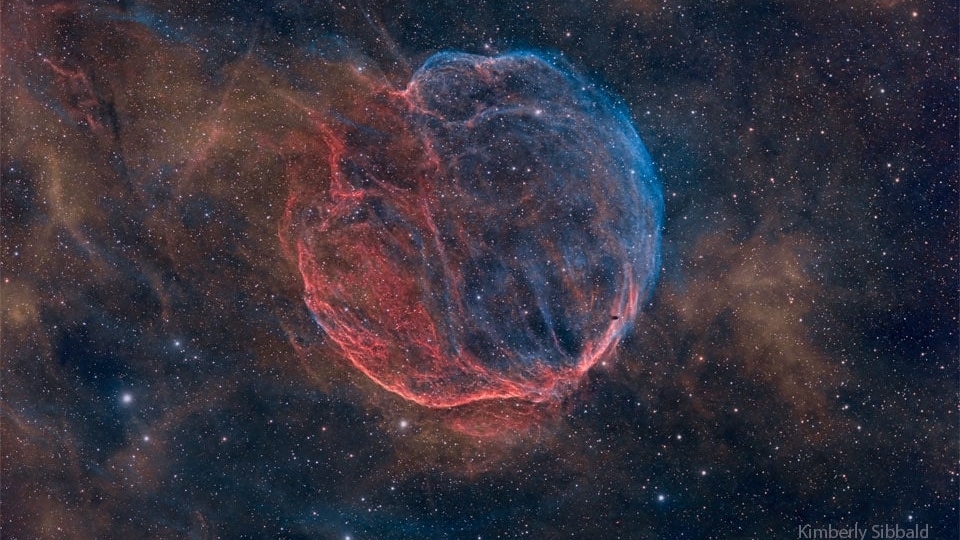
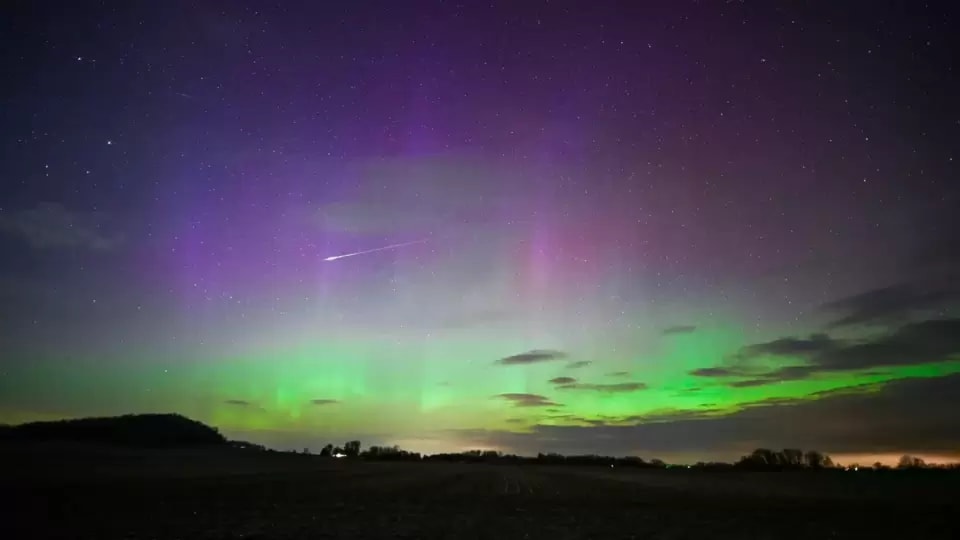

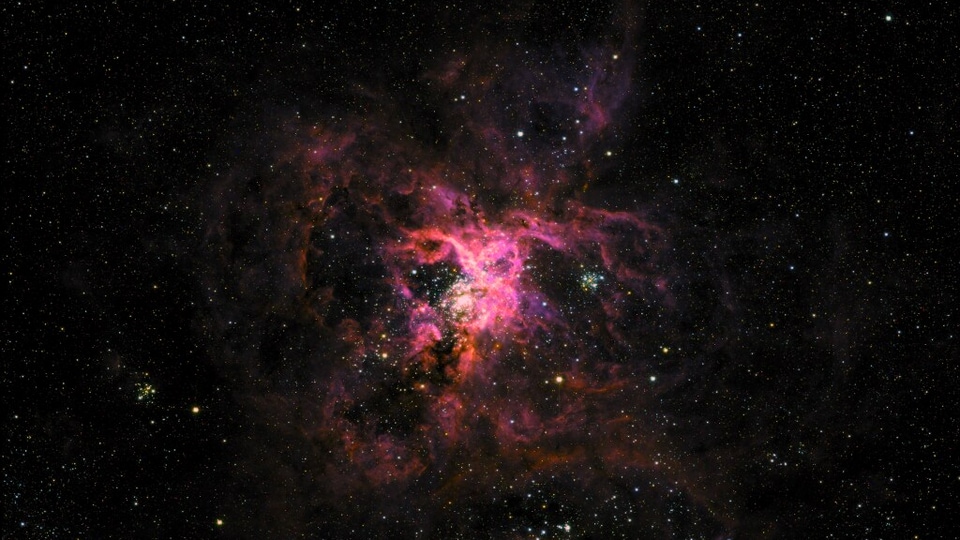
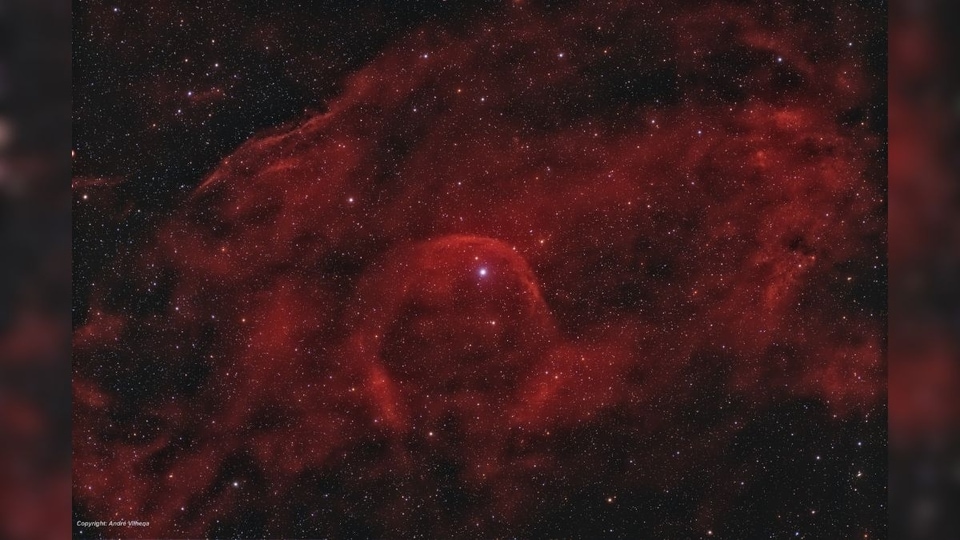
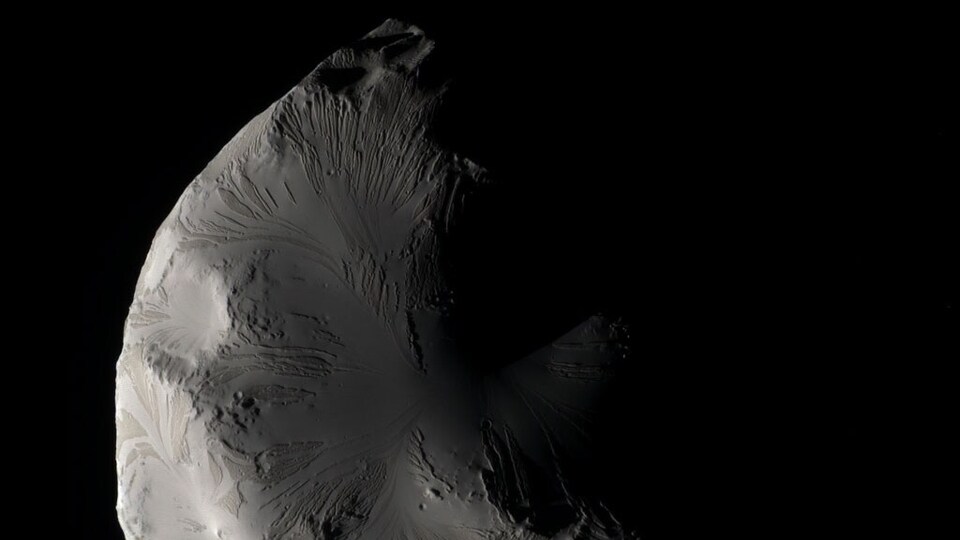
 View all Images
View all ImagesSaturn has 83 confirmed moons! Among these, there is a Trojan moon known as Helene which is a small and faint moon. It is known as Trojan because it shares its orbit with another moon called Dione, which is hundreds of times larger than Helene. Today, NASA has shared a colourful image of Saturn's moon Helene as Astronomy Picture of the Day on April 30. In spite of its muted tones, Saturn's moon Helene remains a mystery. In 2012, the robotic Cassini spacecraft performed a close flyby of the small moon, capturing images of unparalleled precision from a distance less than that between the Earth and its moon.
While sharing the image of Helene Moon, NASA has explained, "Although conventional craters and hills appear, the above image also shows terrain that appears unusually smooth and streaked." Astronomers specializing in planetary studies are closely examining the high-resolution images of Helene to unravel the mysteries surrounding the origin and development of this 30-km-diameter moon. Furthermore, Helene is a peculiar moon that orbits Saturn ahead of the larger moon Dione, putting it in a stable Lagrange point, making it one of only four known Saturnian moons to occupy such a position.
NASA says that Helene orbits 234,505 miles (377,400 kilometres) away from Saturn while taking 2.7 Earth days to complete one orbit. In 1980, when Helene was first discovered, it was initially referred to as Dione B since it occupies a Lagrange point where the gravitational forces from Saturn and Dione are balanced, giving it an equal pull from both celestial bodies.
Did you know?
Saturn used to be the planet with the most moons in the solar system. But with the latest findings, numerous new moons have been observed orbiting Jupiter, shifting the crown to the gas giant. Previously, Jupiter had 80 moons, and with the discovery of more, its moon count has now reached 92, surpassing Saturn's total of 83. However, things may change very soon as there are many moons of Saturn that are awaiting confirmation.
Catch all the Latest Tech News, Mobile News, Laptop News, Gaming news, Wearables News , How To News, also keep up with us on Whatsapp channel,Twitter, Facebook, Google News, and Instagram. For our latest videos, subscribe to our YouTube channel.






























